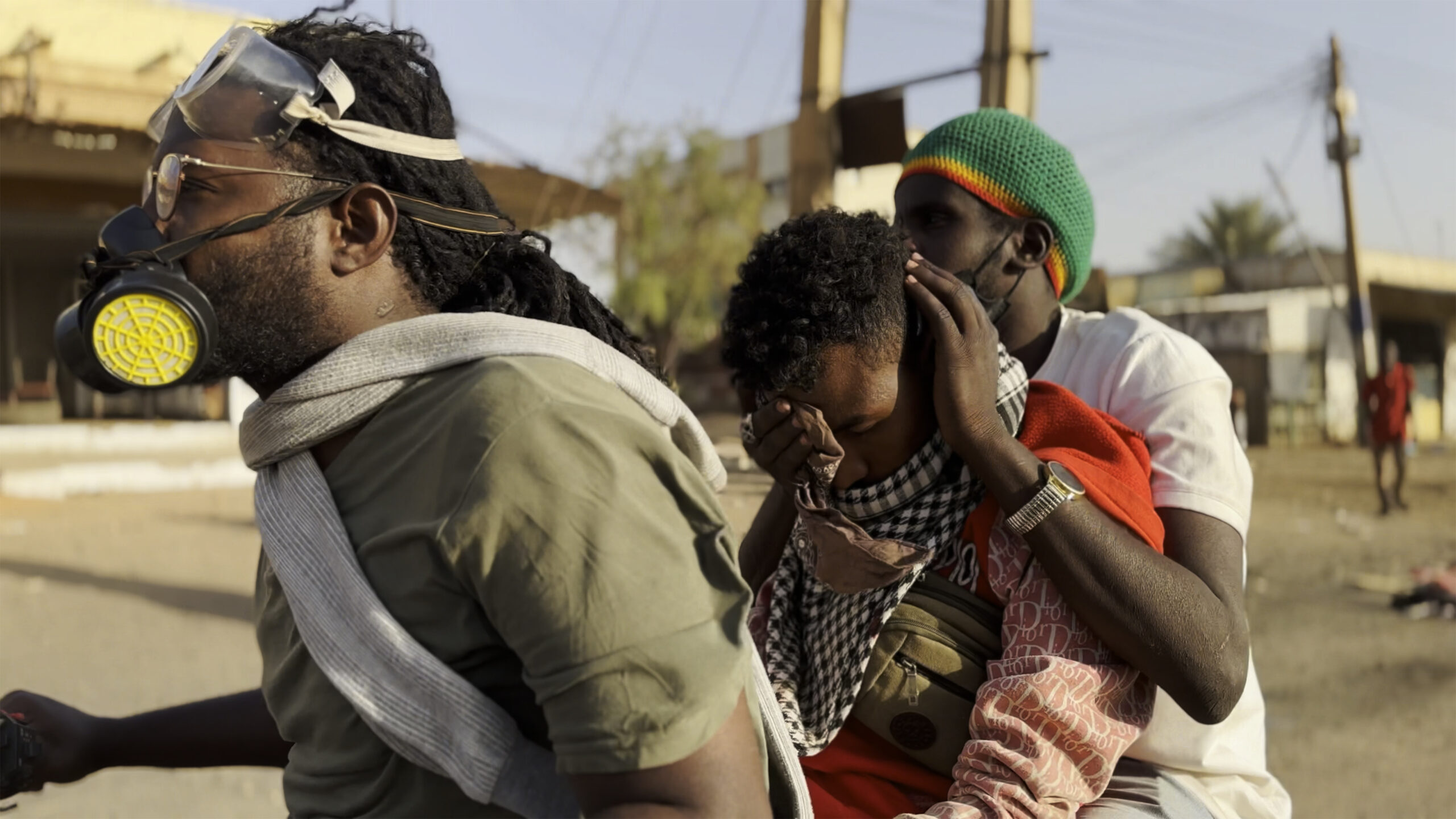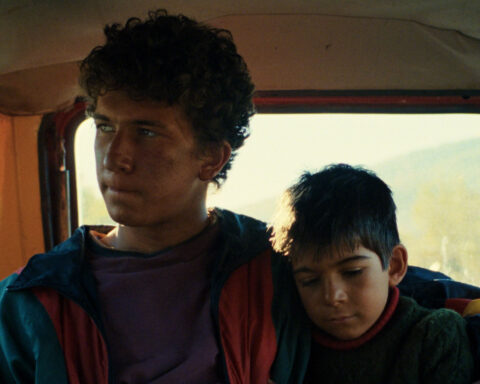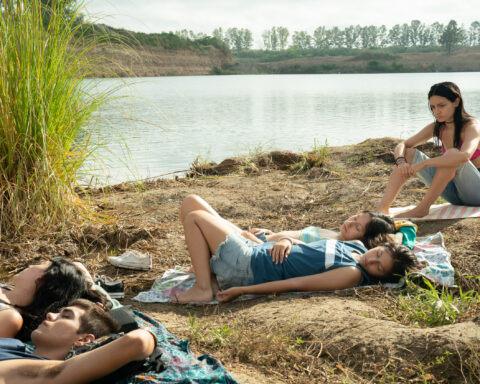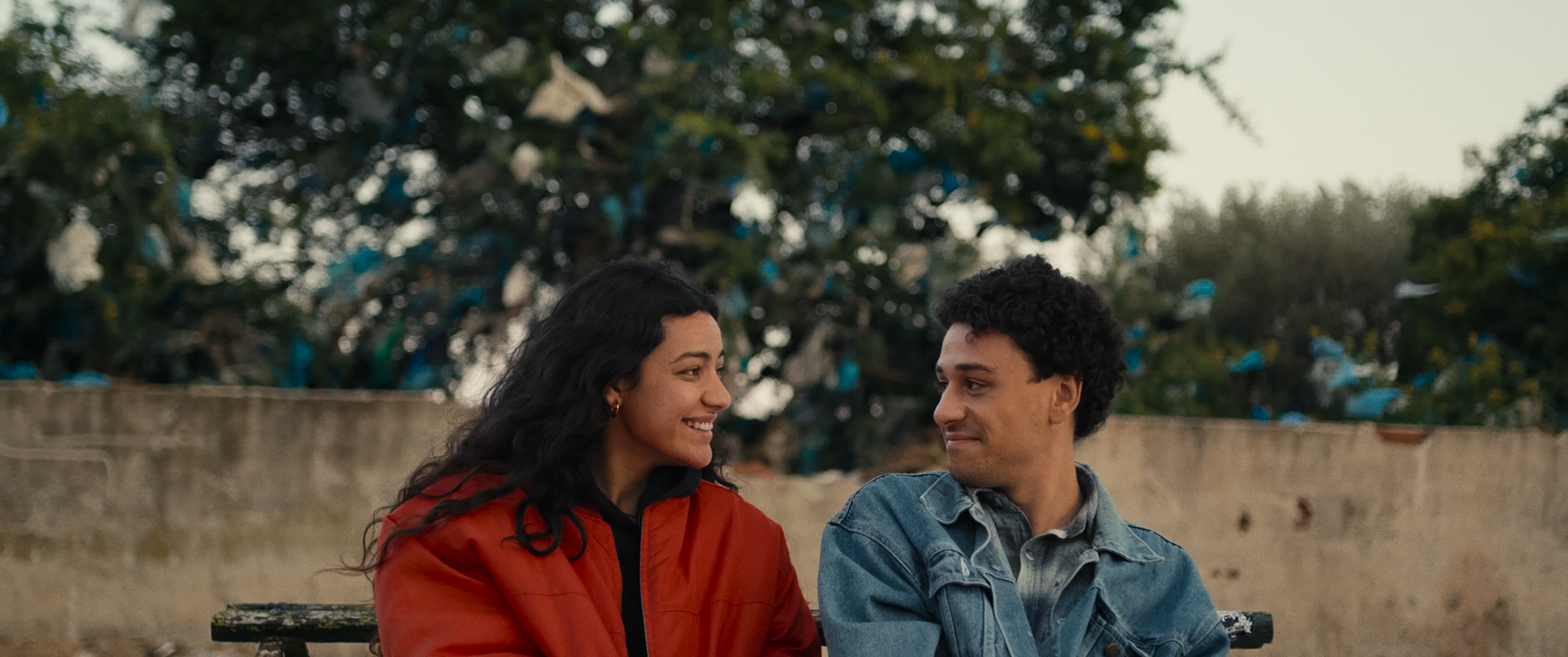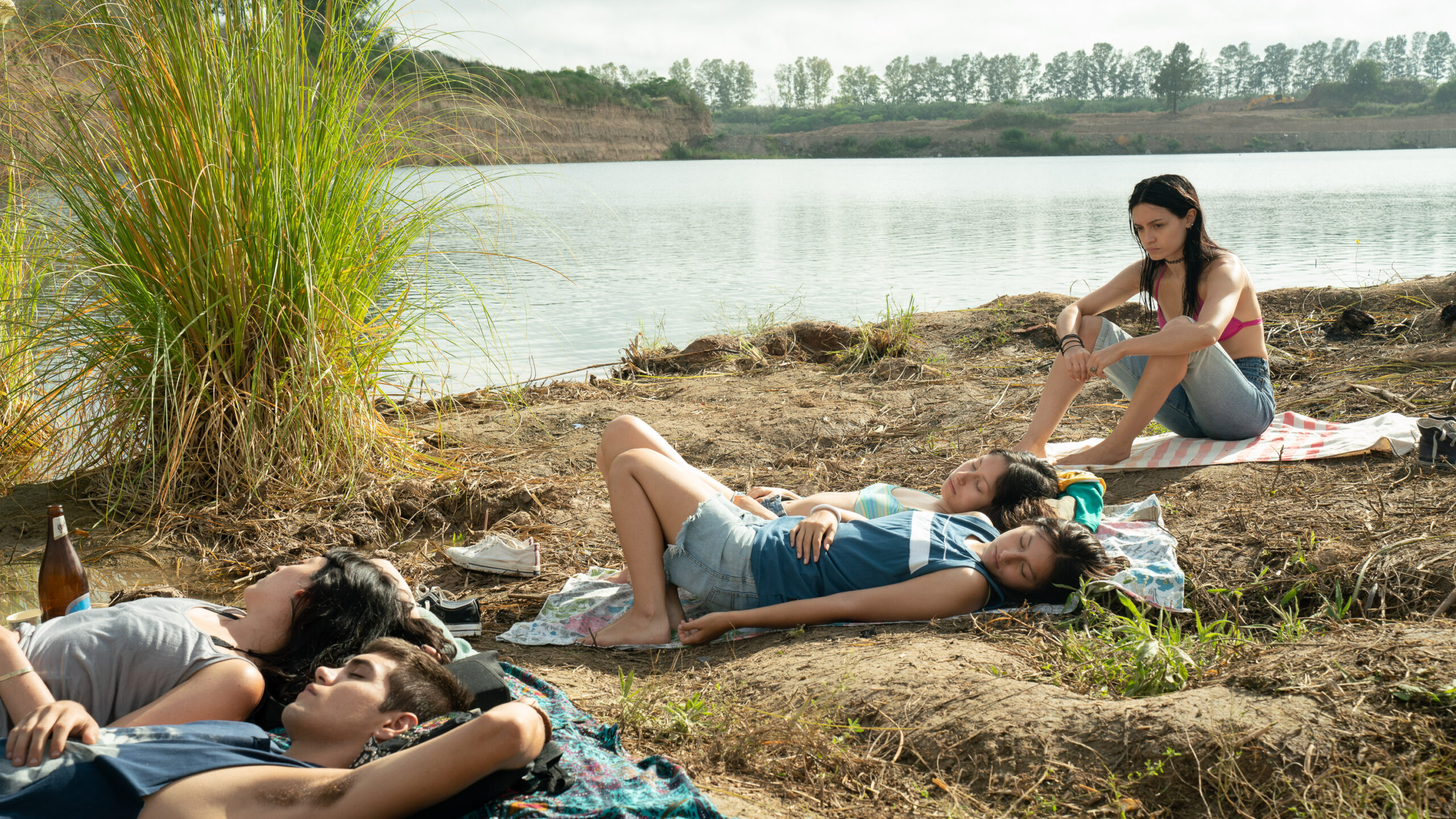At one point in this poignant documentary film Khartoum, Jawad imagines himself riding his motorcycle through the said capital city of Sudan with the late Mohamed Wardi’s wonderfully upbeat “Iki Igli Meshka” playing in the background. The immense feeling of joy and freedom, complete with a smile on his face as he’s literally on cloud (nine) passing the sky. Then comes the abrupt transition and the tone changes. A total silence before Jawad’s somber voiceover takes over: “But how can I dream when my country is suffering?”
In Khartoum, the recurring theme of freedom is something that Jawad has been longing for. And yet, it remains a pipe dream and wishful thinking since his beloved Sudan remains in turmoil torn by the war between the government and the Rapid Support Force Militia (RSF) – a result that displaces 10 million people including everyone involved in this film. Jawad isn’t the only Sudanese who is forced to endure the war and suffering as the film also zeroes in the four other citizens. This includes two best friends in their tween age, Lokain and Wilson who collect bottles; Khadmallah the tea stall owner; and Madji the civil servant.
Each of these citizens has their own stories to tell including how the war affects them both emotionally and mentally speaking. Co-directed by five filmmakers – Phil Cox, Anas Saeed, Rawia Alhag, Brahim Snoopy and Timeea Mohamed Ahmed – Khartoum combines the pre-exile footage and the visual reliance on green screen, which is used to reenact the five Sudanese’s’ respective experiences during the war. For instance, we see how Khadmallah relives the horrifying moment of a deaf man being gunned down by a ruthless RSF soldier coming to her tea stall. Interestingly, the reenactment is shot in a minimalistic and experimental style with only the participating citizens and a few necessary props against the green screen background.
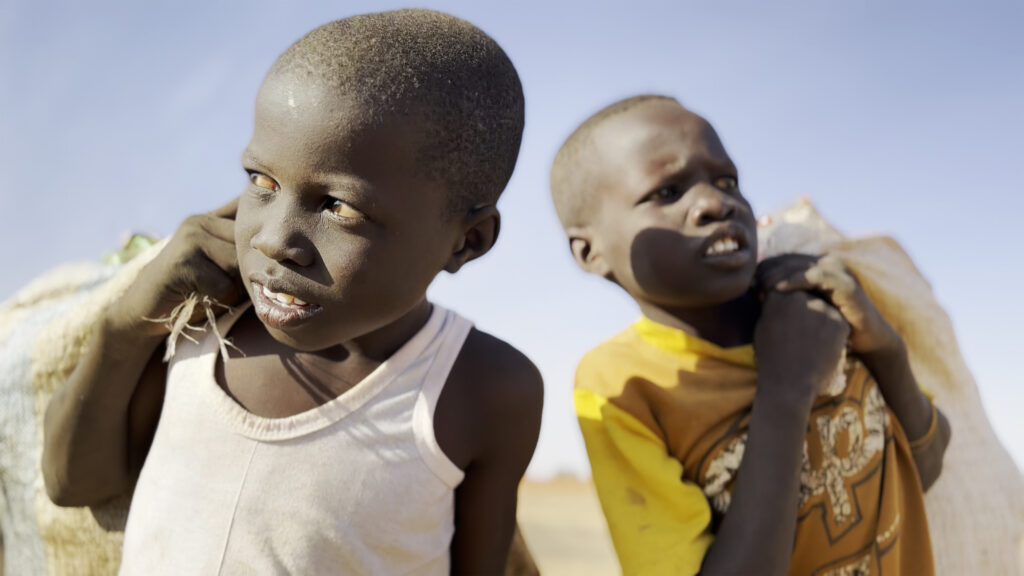
The first half of the film spends its time focusing on the citizens’ individual stories before the war breaks out. Like how a simple man like Madji who loves to socialize during the weekends on Fridays and Saturdays such as attending a family gathering and a wedding. Or how the life of Lokain and Wilson used to be a carefree moment for them sharing a bicycle and daydreaming of riding a lion.
Not to mention an affecting scene where Khadmallah recalls how “anything is possible in Sudan” before the war including her daily routine of managing a tiny tea stall in a little corner serving hot drinks like ginger coffee and hibiscus tea to happy friends and regular customers. The film portrays how Sudanese are reminiscent of a tight-knit community as they enjoy their drinks, sharing laughter and telling stories but moments like this soon become a distant memory. Khadmallah just wants to live a normal and peaceful life like every Sudanese, only to be humiliated and harassed by the RSF soldiers that she is nothing but a slave.
With the country grows increasingly hopeless, Khadmallah has no choice but to flee to someplace safe with her daughter, Rita. The same also goes for the four citizens such as Jawad, who ends up in Cairo operating a stall selling Sudanese street food with the help of his fellow refugees.
The use of green screen now and then in the film is meant as a safe space for these citizens to reenact their stories. Not just war stories but also other memories such as how Jawad would stand in front of the green screen and describe his home in detail – the door, a window, the whole living room – with these objects appearing and slowly filling in the otherwise empty background. The same safe space also becomes a place for consoling each other as one of the citizens would burst into tears and we see some of them including the crew embracing the person.
Although Khartoum only runs a seemingly lean 80 minutes, I can’t help but feel the film becomes repetitive in the wobbly second half. Perhaps it would help if the filmmakers delve into the political insights behind the warring conflict between the Sudanese government and the tyrannical RSF. Such additional details rather than glossing through the surface as seen in the brief mentioning of Omar Al-Bashir, the military leader and a former president of Sudan from 1989 to 2019 would have benefitted the viewers, particularly those who are not familiar with the country’s history can engage and relate more with these unfortunate Sudanese citizens’ ordeals. Still, Khartoum is an ambitious documentary film that incorporates matter-of-fact footage and unique green screen-style reenactment with a humanist story in the middle.
